Indra Sawhney and Ors. Etc. Etc. vs Union of India and Ors. Etc.
- ByPravleen Kaur --
- 02 May 2025 --
- 0 Comments
I. Introduction
A. Background on the Indian Constitution and its provisions for reservations
The Indian Constitution, drafted by the Constituent Assembly after India's independence, aimed to secure justice, liberty, equality, and fraternity for all citizens. The framers were aware of the historic injustices and inequities afflicting Indian society, particularly the caste system's oppressive nature and the resulting social, educational, and economic backwardness of certain communities.
To address these issues, the Constitution incorporated provisions for affirmative action and reservations (quotas) for historically disadvantaged groups. Article 15(4) and Article 16(4) allowed the State to make special provisions for the advancement of socially and educationally backward classes of citizens (SEBCs) and their representation in educational institutions and public employment, respectively.
The Constitution did not define the criteria for identifying SEBCs, leaving it to the State to determine which groups qualified as "backward classes." However, it was clear that the intent was to uplift communities that had suffered discrimination and were underrepresented in education and public services.
B. Brief overview of the Indra Sawhney case and its significance
The Indra Sawhney case, decided by a nine-judge bench of the Supreme Court in 1992, is a landmark judgment that laid down authoritative guidelines on the implementation of reservations under Article 16(4).
The case arose from the Central Government's decision in 1990 to implement the recommendations of the Second Backward Classes Commission (Mandal Commission), which had identified SEBCs and recommended 27% reservation for them in civil services and public sector undertakings. This was in addition to the existing 22.5% reservation for Scheduled Castes and Scheduled Tribes.
The Indra Sawhney judgment addressed several crucial questions, including the criteria for identifying SEBCs, the permissible extent of reservations, the validity of reservations in promotions, and the scope of judicial review in such matters. The Court's rulings provided a comprehensive framework for the constitutional application of reservations, seeking to balance the principles of equality and social justice.
The judgment's significance lies in its attempt to reconcile the competing claims of different sections of society and lay down guidelines for the fair and judicious implementation of reservations, ensuring they remain within the constitutional boundaries while fulfilling their intended purpose of uplifting historically disadvantaged communities.
II. Historical Context and Constitutional Debates
A. Debates in the Constituent Assembly on Article 16 (draft Article 10)
The debates in the Constituent Assembly on draft Article 10 (which later became Article 16) provide valuable context for understanding the intent behind the provisions related to equality of opportunity in public employment. Several key points emerged from these debates:
1. Inclusion of the term "backward": The Drafting Committee, chaired by Dr. B.R. Ambedkar, deliberately inserted the word "backward" before "class of citizens" in draft Article 10(3) (corresponding to Article 16(4)). This was done to clarify that the reservation of appointments or posts was intended for communities that were socially and educationally backward and not adequately represented in state services.
2. Concerns about the term "backward": Some members of the Constituent Assembly, particularly those representing Scheduled Castes and Scheduled Tribes, expressed apprehension that the term "backward" was too vague and could be exploited by groups other than the truly disadvantaged communities.
3. Rationale for using "backward": K.M. Munshi, a member of the Drafting Committee, explained that the term "backward" was chosen as the best possible generic term to refer to classes of people who were so backward that they required special protection in state services. He clarified that the term did not matter whether they were called "untouchables" or "touchables," belonging to this community or that, as long as they were a class of people who were backward and required special protection.
4. Balancing efficiency and representation: The debates reflected a desire to strike a balance between achieving the highest efficiency in state services and ensuring adequate representation of backward classes in these services. The reservation of appointments or posts for backward classes was seen as a means to extend the opportunity to serve the country to all communities, including the backward ones.
5. Minority of seats: Dr. Ambedkar emphasized that the seats to be reserved for backward classes should be confined to a minority of seats to ensure that the principle of equality of opportunity was not entirely undermined.
These debates highlight the intent behind Article 16(4) to provide a mechanism for the inclusion of socially and educationally backward classes in state services while maintaining a balance with the principle of equality of opportunity enshrined in Article 16(1).
B. Early Supreme Court decisions on Articles 16 and 15
The early Supreme Court decisions on Articles 16 and 15 played a crucial role in shaping the interpretation and application of these provisions. Two significant cases from this period are:
1. State of Madras v. Smt. Champakam Dorairajan (1951): In this case, the Supreme Court struck down a government order that apportioned seats in medical and engineering colleges based on caste and religion. The court held that such classification violated Articles 15(1) and 29(2) of the Constitution, as Article 15 did not contain a provision corresponding to Article 16(4) at that time.
2. Venkataraman v. State of Madras (1951): This case, decided on the same day as Champakam Dorairajan, dealt with a similar government order that reserved posts in public services based on caste and religion. The court upheld the reservation for Harijans (Scheduled Castes) and Backward Hindus but struck down the reservation for other communities, as it violated Articles 16(1) and 16(2).
These early decisions established that while castebased classification was permissible for reservations under Article 16(4) for backward classes, it was impermissible under Article 15 in the absence of a provision similar to Article 16(4).
C. The First Amendment to the Constitution and the addition of Article 15(4)
In response to the Champakam Dorairajan decision, the Parliament enacted the First Amendment to the Constitution in 1951, introducing Article 15(4). This amendment allowed the State to make "any special provision for the advancement of any socially and educationally backward classes of citizens or for the Scheduled Castes and the Scheduled Tribes."
During the parliamentary debates on this amendment, Dr. B.R. Ambedkar, the then Law Minister, clarified that the term "backward classes" referred to a "collection of certain castes." He stated that the amendment was necessary to bring Articles 15 and 29 in line with Articles 16(4), 46, and 340, allowing reservations for backward classes in educational institutions, just as it was permitted in public services.
The addition of Article 15(4) through the First Amendment was a significant development, as it provided a constitutional basis for reservations in educational institutions for socially and educationally backward classes, similar to the provision for reservations in public services under Article 16(4).
These historical debates and early Supreme Court decisions laid the foundation for the interpretation and application of Articles 16 and 15, particularly concerning the identification and reservation for backward classes in public services and educational institutions.
III. The Mandal Commission and its Report
A. Establishment and mandate of the Mandal Commission
The Second Backward Classes Commission, popularly known as the Mandal Commission, was established by the President of India on January 1, 1979, under Article 340 of the Constitution. The Commission was chaired by B.P. Mandal and was tasked with the following terms of reference:
1. To determine the criteria for defining the socially and educationally backward classes.
2. To recommend steps to be taken for the advancement of the socially and educationally backward classes.
3. To examine the desirability of providing reservations in appointments or posts for such backward classes under the Union or any State, if they are not adequately represented.
4. To present a report to the President, setting out the facts and making appropriate recommendations.
The Commission was empowered to obtain necessary information from the Central and State Governments, as well as other authorities, organizations, and individuals. It was also authorized to hold sittings and appoint subcommittees as deemed necessary.
B. Criteria and methodology adopted by the Commission
The Mandal Commission adopted a comprehensive approach to identify the socially and educationally backward classes (SEBCs). It conducted an extensive socio-educational field survey across the country, involving sociologists, research organizations, and specialized agencies. The Commission also issued questionnaires to Central and State Governments, as well as the general public, and collected evidence through public hearings.
The Commission evolved 11 indicators or criteria for determining social and educational backwardness, grouped under three broad heads: social, educational, and economic. These indicators included factors such as social perception, dependence on manual labor, early marriage, female work participation, school dropout rates, literacy levels, family assets, housing conditions, and access to drinking water.
The Commission applied a multiple approach, considering various sources such as the socioeducational field survey, Census reports (particularly the 1961 Census for identifying tribal communities), personal knowledge gained through extensive touring, and lists of OBCs notified by various State Governments.
C. Criticisms and controversies surrounding the Commission's report
The Mandal Commission's report and recommendations faced several criticisms and controversies:
1. Caste-based identification: The Commission was criticized for relying solely on the caste system as the basis for identifying backward classes, perpetuating caste divisions and contradicting the constitutional goal of a casteless society.
2. Inadequate survey: Some argued that the socio-educational field survey conducted by the Commission was cursory and inadequate, covering only a small fraction of the population.
3. Reliance on outdated data: The Commission's use of the 1931 caste-wise Census data was criticized as outdated and irrelevant for identifying backwardness in the present context.
4. Over-inclusion and under-inclusion: Concerns were raised about certain castes or communities being wrongly included or excluded from the list of OBCs, leading to potential errors in identification.
5. Lack of objective criteria: Critics argued that the criteria and methodology adopted by the Commission lacked objectivity and scientific rigor, leading to arbitrary and subjective identification of backward classes.
6. Perpetuation of caste divisions: There were apprehensions that the implementation of the Commission's recommendations would revitalize caste divisions, leading to social tensions and conflicts.
7. Efficiency concerns: Some argued that the proposed reservations for OBCs would compromise the efficiency of administration and promote mediocrity over merit.
Despite these criticisms, the Mandal Commission's report formed the basis for the Office Memorandums issued by the Government of India in 1990 and 1991, providing for reservations for SEBCs in central government services.
IV. Key Issues and Arguments in the Case
A. Meaning of 'backward class of citizens' under Article 16(4)
The meaning and scope of the term 'backward class of citizens' under Article 16(4) of the Constitution was a crucial issue in this case. The key arguments and observations were:
• The expression 'backward class' is not defined in the Constitution. The Court held that it is much wider than the 'socially and educationally backward classes' referred to in Article 15(4) and Article 340. It includes Scheduled Castes, Scheduled Tribes, and other backward classes.
• A caste can be and quite often is a social class in India. If a caste is socially backward, it would be a backward class for the purposes of Article 16(4). Among non-Hindus, there are several occupational groups, sects, and denominations which are socially backward and represent backward social collectives under Article 16(4).
• The Court rejected the argument that the backward classes contemplated by Article 16(4) should be situated similarly to the Scheduled Castes/Scheduled Tribes. Backwardness is a relative term and must be judged by the general level of advancement of the entire population.
• Identification of backward classes can be done with reference to castes among and along with other occupational groups, classes, and sections of people. The central idea should be to consider all available groups in society.
B. Identification of backward classes: castebased or other criteria?
he Court examined whether caste alone can be the basis for identifying backward classes or if other criteria should also be considered:
• The Court held that neither the Constitution nor the law prescribes the procedure or method for identifying backward classes. This must be left to the authority appointed for the task.
• While caste cannot be the sole or dominant criterion, it is a relevant factor for determining social backwardness, especially among Hindus. The Court observed that in the Indian context, caste is the primary index of social backwardness.
• The Court approved the use of other criteria like traditional occupation, poverty, place of residence, lack of education, etc., in addition to caste, for identifying backward classes.
• It was permissible for the government to identify backward classes based on occupation-cum-income without reference to caste, if advised to do so
C. Permissibility of reservations in promotions
The Court examined whether Article 16(4) permits reservations in promotions for backward classes:
• The majority view was that Article 16(4) does not permit reservations in the matter of promotions. Reservations under this provision are confined to initial appointments only.
• However, the Court directed that this ruling would operate prospectively and not affect promotions already made. Existing reservations in promotions were allowed to continue for five years to enable revision of relevant rules.
• The Court clarified that it would not be impermissible for the State to extend concessions and relaxations to members of reserved categories in promotions without compromising efficiency
D. The 50% ceiling on reservations
The Court considered the extent to which reservations can be made under Article 16(4):
• The Court held that the reservations contemplated in Article 16(4) should not exceed 50% of the appointments or posts in a cadre or service under the State.
• While 50% was to be the rule, the Court recognized that in far-flung and remote areas, a relaxation of this strict rule may become imperative due to the conditions peculiar to those areas.
• The 50% rule was to be applied to each year's vacancies and not to the total strength of the cadre or service.
• The Court overruled the decision in Devadasan v. Union of India to the extent it was inconsistent with the 50% ceiling.
The Court's judgment provided authoritative guidance on these crucial issues related to reservations for backward classes under Article 16(4) of the Constitution.
V. The Supreme Court's Judgment
A. Composition of the larger Constitutional Bench
A nine-judge Constitutional Bench of the Supreme Court was constituted to hear and decide on the issues related to reservations for backward classes in government services. The Bench was headed by Chief Justice M.H. Kania and comprised of Justices M.N. Venkatachaliah, S. Ratnavel Pandian, T.K. Thommen, A.M. Ahmadi, Kuldip Singh, P.B. Sawant, R.M. Sahai, and B.P. Jeevan Reddy.
B. Major holdings and rationale
The Supreme Court delivered a comprehensive judgment addressing various aspects of reservations for backward classes under Article 16(4) of the Constitution. The major holdings and rationale are as follows:
1. Article 16(4) is not an exception to Article 16(1): Article 16(4) is an instance of classification and does not create an exception to the principle of equality enshrined in Article 16(1). It permits reasonable classification for ensuring adequate representation of backward classes in public services.
2. Identification of Backward Classes: The Court held that caste could be a relevant factor in identifying backward classes, but economic criteria alone cannot be the sole basis. The identification of backward classes should be based on social, educational, and economic backwardness.
3. Creamy Layer Exclusion: The Court directed the government to exclude the "creamy layer" (socially advanced persons/sections) from the list of Other Backward Classes (OBCs) to ensure that the benefits of reservation reach the truly deserving.
4. 50% Ceiling on Reservations: The Court upheld the 50% ceiling on reservations as a general rule but allowed for exceptional circumstances where this limit could be relaxed in remote and far-flung areas with specific justification.
5. Reservations in Promotions: The Court held that Article 16(4) does not permit reservations in promotions, but this ruling would have prospective effect and not affect promotions already made. The government was given five years to revise the relevant rules.
6. Anti-Merit Argument: The Court rejected the argument that reservations are antimeritorious, stating that the rule of reservation cannot be called anti-meritorious, but there may be certain services and posts where it may not be advisable to apply reservations.
7. Permanent Body for Inclusion/Exclusion: The Court directed the government to create a permanent body, in the nature of a Commission or Tribunal, to examine complaints of over-inclusion or underinclusion of groups in the OBC list and to advise the government on such matters.
C. Directions to the Government on implementation
The Supreme Court issued the following directions to the Government of India and State Governments regarding the implementation of reservations:
1. Constitute a permanent body within four months to entertain, examine, and recommend requests for inclusion and complaints of overinclusion or under-inclusion in the OBC lists.
2. Specify the criteria for excluding the "creamy layer" from the OBC lists within four months.
3. Implement the unamended Office Memorandum dated August 13, 1990, providing 27% reservation for OBCs in central government services.
4. Create a permanent machinery, either a Commission or Committee, within a reasonable time to examine requests for inclusion or exclusion of any caste, community, or group in the OBC list and to advise the government on such matters.
The Court clarified that its directions and conclusions should not be construed as an endorsement or rejection of the Mandal Commission Report's recommendations. The Court refrained from scrutinizing the adequacy of the exercise done by the Mandal Commission, leaving it to the newly constituted permanent body to examine such complaints.
VI. Analysis and Impact
A. Significance of the judgment in interpreting Constitutional provisions
The Indra Sawhney judgment is a landmark decision that has significantly impacted the interpretation and implementation of constitutional provisions related to reservations and affirmative action in India. The judgment provided a comprehensive analysis of Articles 16(4), 16(1), and other relevant provisions, clarifying their scope and limitations.
One of the key aspects of the judgment was the interpretation of the term "backward class of citizens" under Article 16(4). The Court held that caste alone cannot be the sole criterion for identifying backward classes, and social, educational, and economic backwardness must be considered. This interpretation aimed to ensure that reservations benefit the truly disadvantaged sections of society, irrespective of their caste or community.
The judgment also addressed the extent of reservations permissible under the Constitution. While the Court did not lay down a rigid 50% cap on reservations, it emphasized that reservations should be limited to a minority of seats or positions to maintain the principle of equality of opportunity enshrined in Article 16(1).
Furthermore, the Court clarified that reservations in promotions are constitutionally impermissible, as once individuals from backward classes enter the service, they should be treated equally with others, and further reservations would perpetuate inequality.
B. Implications for reservation policies and affirmative action
The Indra Sawhney judgment has had far-reaching implications for reservation policies and affirmative action programs in India. It has provided a framework for identifying backward classes and determining the extent of reservations, ensuring that such measures are narrowly tailored and address the specific issues of social and educational backwardness.
The judgment has also prompted the establishment of permanent bodies or commissions at the central and state levels to periodically review and recommend the inclusion or exclusion of groups from the list of backward classes. This mechanism aims to ensure that reservations remain relevant and targeted towards the intended beneficiaries.
Additionally, the judgment has led to the adoption of the "creamy layer" concept, which excludes economically advanced sections from availing reservations, even if they belong to a backward class. This approach aims to ensure that the benefits of reservations reach the most deserving and underprivileged sections of society.
However, the implementation of the judgment has faced challenges, as different states have adopted varying approaches to identifying backward classes and determining the extent of reservations. This has led to ongoing debates and legal challenges regarding the interpretation and application of the judgment's principles.
C. Ongoing debates and challenges in implementing the judgment
Despite the Indra Sawhney judgment's attempt to provide clarity on the issue of reservations, several debates and challenges persist in its implementation:
1. Identification of backward classes: The criteria for identifying backward classes remain a contentious issue, with debates surrounding the weightage given to caste, economic status, and other factors. Different states have adopted varying approaches, leading to inconsistencies and legal challenges.
2. Extent of reservations: While the judgment emphasized limiting reservations to a minority of seats or positions, the precise percentage remains a subject of debate. Some argue for a strict 50% cap, while others advocate for flexibility based on the specific circumstances and the degree of backwardness.
3. Reservation in promotions: The judgment's prohibition on reservations in promotions has faced opposition from certain quarters, who argue that it perpetuates the existing disparities and hinders the representation of backward classes in higher echelons of employment.
4. Intersectionality of backwardness: There are ongoing discussions on how to address the intersectionality of backwardness, where individuals or groups face multiple forms of disadvantage based on factors such as gender, disability, or geographical location, in addition to caste or economic status.
5. Periodic review and updation: Ensuring regular and effective review of the lists of backward classes and the extent of reservations remains a challenge, as it requires continuous monitoring and adaptation to changing social and economic conditions.
Despite these challenges, the Indra Sawhney judgment remains a significant milestone in the pursuit of social justice and equality in India. Its principles continue to guide policymakers, courts, and civil society in shaping and implementing affirmative action measures that aim to uplift the disadvantaged sections of society while maintaining the delicate balance between equality and equity.
VII. Conclusion
A. Summary of the key takeaways
The Supreme Court's judgment in the Indra Sawhney case is a landmark decision that provides clarity on the scope and implementation of reservations for backward classes under Article 16(4) of the Constitution. The key takeaways from the judgment are:
1. Article 16(4) is not an exception to Article 16(1) but an instance of classification permitted under Article 16(1). It allows for reasonable classification and reservation for backward classes in public employment.
2. The expression "backward class of citizens" in Article 16(4) cannot be determined solely based on economic criteria. Caste can be a relevant factor in identifying social and educational backwardness, but it should not be the sole criterion.
3. The identification of backward classes should be based on a combination of social, educational, and economic factors, and the "means test" can be applied to exclude the creamy layer from the benefits of reservation.
4. The backward classes can be further categorized into backward and more backward categories for the purpose of equitable distribution of reservations.
5. The total reservations under Article 16(4) should not exceed 50% of the available positions, except in extraordinary circumstances. This 50% rule is a rule of caution and not an inflexible rule.
6. Article 16(4) does not permit reservations in the matter of promotions, but the government can extend concessions and relaxations to the reserved categories in promotions without compromising efficiency.
7. The government should establish a permanent body to examine requests for inclusion or exclusion of groups from the list of backward classes, and its advice should ordinarily be binding.
B. Relevance of the judgment in contemporary India
The Indra Sawhney judgment remains highly relevant in contemporary India, where the issue of reservations for backward classes continues to be a contentious and politically charged topic. The judgment provides a balanced approach, recognizing the need for affirmative action while also setting reasonable limits to ensure that the principles of equality and merit are not completely disregarded.
The judgment's emphasis on a comprehensive and periodic review of the lists of backward classes is crucial in ensuring that the benefits of reservation reach the truly deserving sections of society. It also highlights the importance of transparency and accountability in the identification process, which can help address concerns of over-inclusion or under-inclusion.
Furthermore, the judgment's recognition of the persistent social and educational backwardness of certain communities, even after decades of independence, underscores the need for continued efforts to uplift these sections and provide them with equal opportunities.
C. Future prospects and the way forward
While the Indra Sawhney judgment provides a robust framework for the implementation of reservations, there are still challenges that need to be addressed in the future:
1. Ensuring effective implementation: The judgment's directives, such as the establishment of permanent bodies to review the lists of backward classes, need to be implemented in letter and spirit by the central and state governments.
2. Periodic review and updation: The lists of backward classes should be periodically reviewed and updated to reflect the changing socio-economic realities and to ensure that the benefits reach the most deserving sections.
3. Addressing concerns of over-inclusion and under-inclusion: The permanent bodies should address genuine concerns of overinclusion or under-inclusion of certain communities in the lists of backward classes, based on objective criteria and data.
4. Promoting social mobility: While reservations are a necessary measure, efforts should also be made to promote social mobility and upliftment of backward classes through targeted educational and economic initiatives, enabling them to compete on equal footing in the long run.
5. Building consensus: The issue of reservations often leads to polarization and social tensions. Efforts should be made to build consensus among various stakeholders through dialogue, awareness campaigns, and a better understanding of the rationale behind affirmative action.
The Indra Sawhney judgment provides a solid foundation for addressing the complex issue of reservations for backward classes. However, its effective implementation and periodic review, coupled with efforts to promote social mobility and consensus-building, will be crucial in ensuring that the constitutional goals of equality and social justice are achieved in a harmonious and sustainable manner.



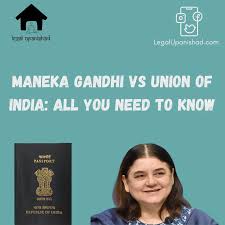
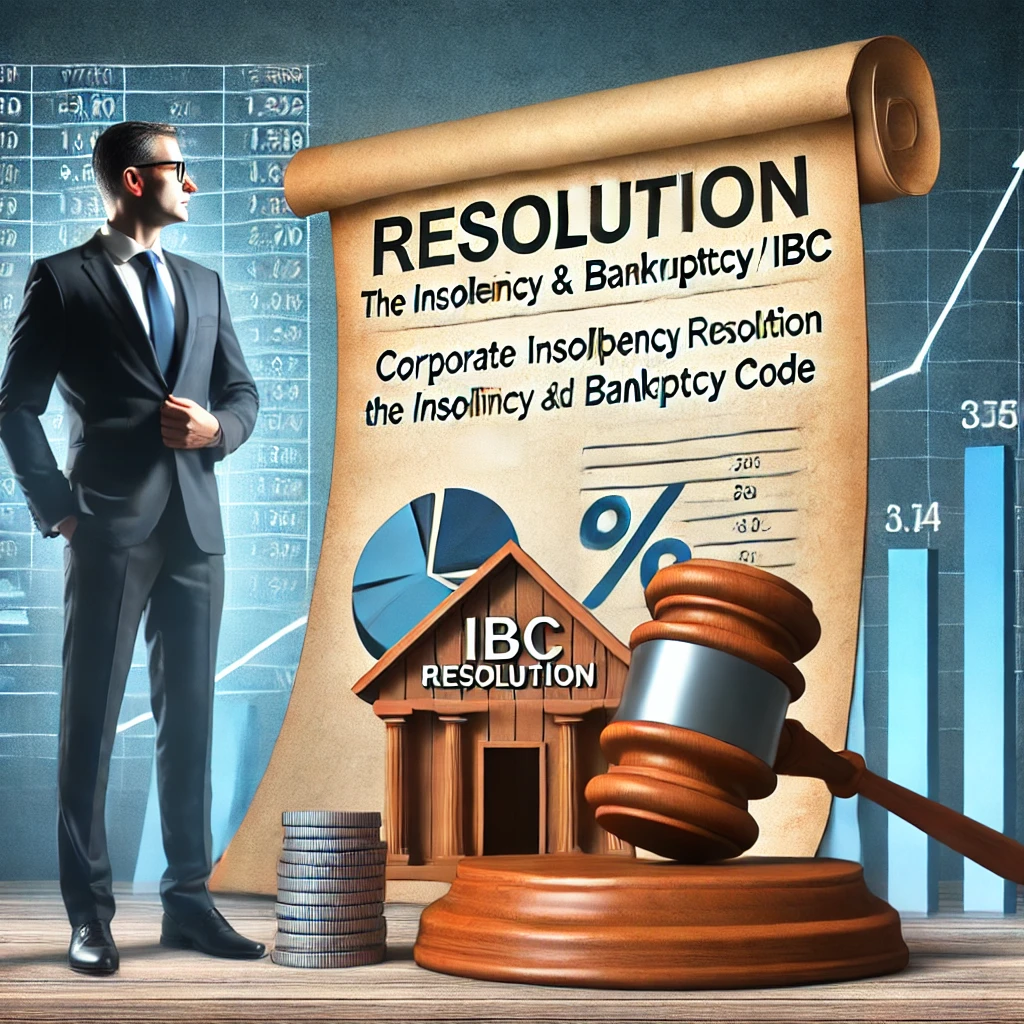

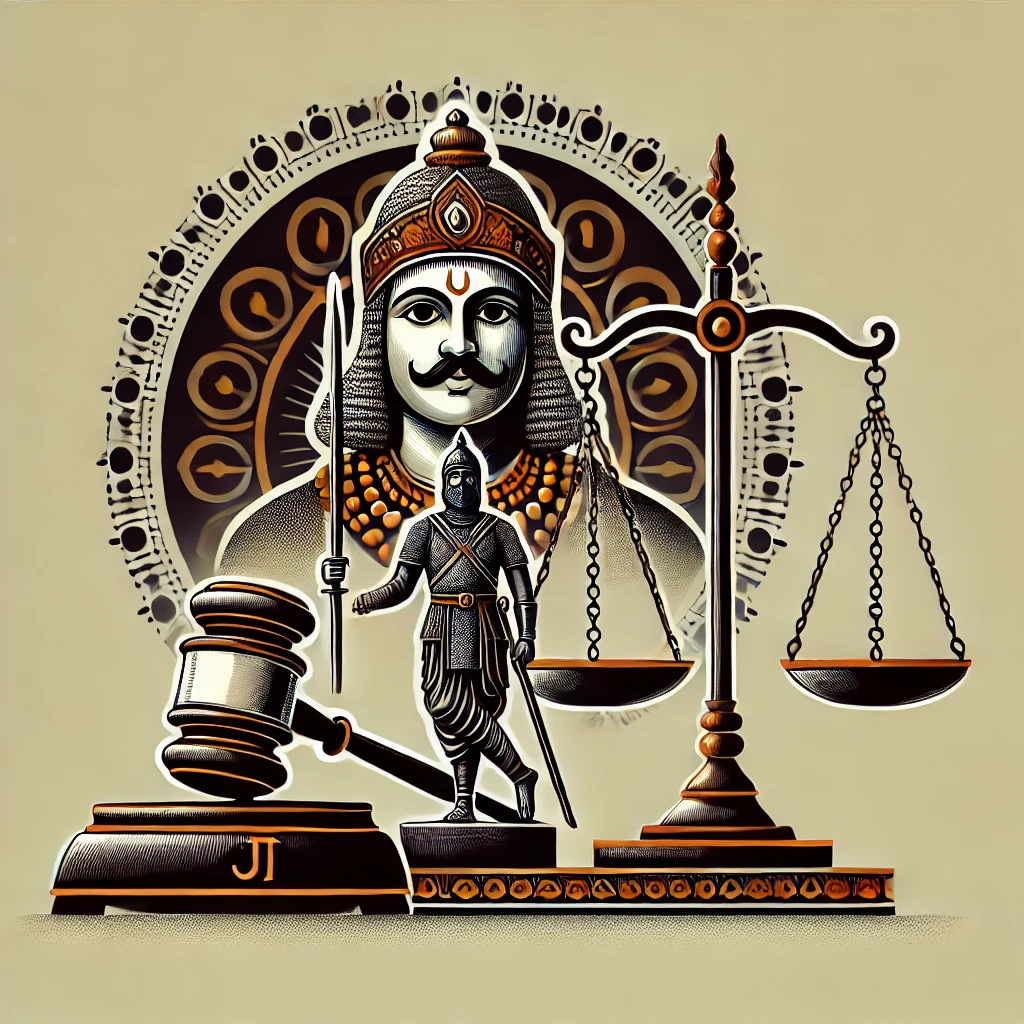

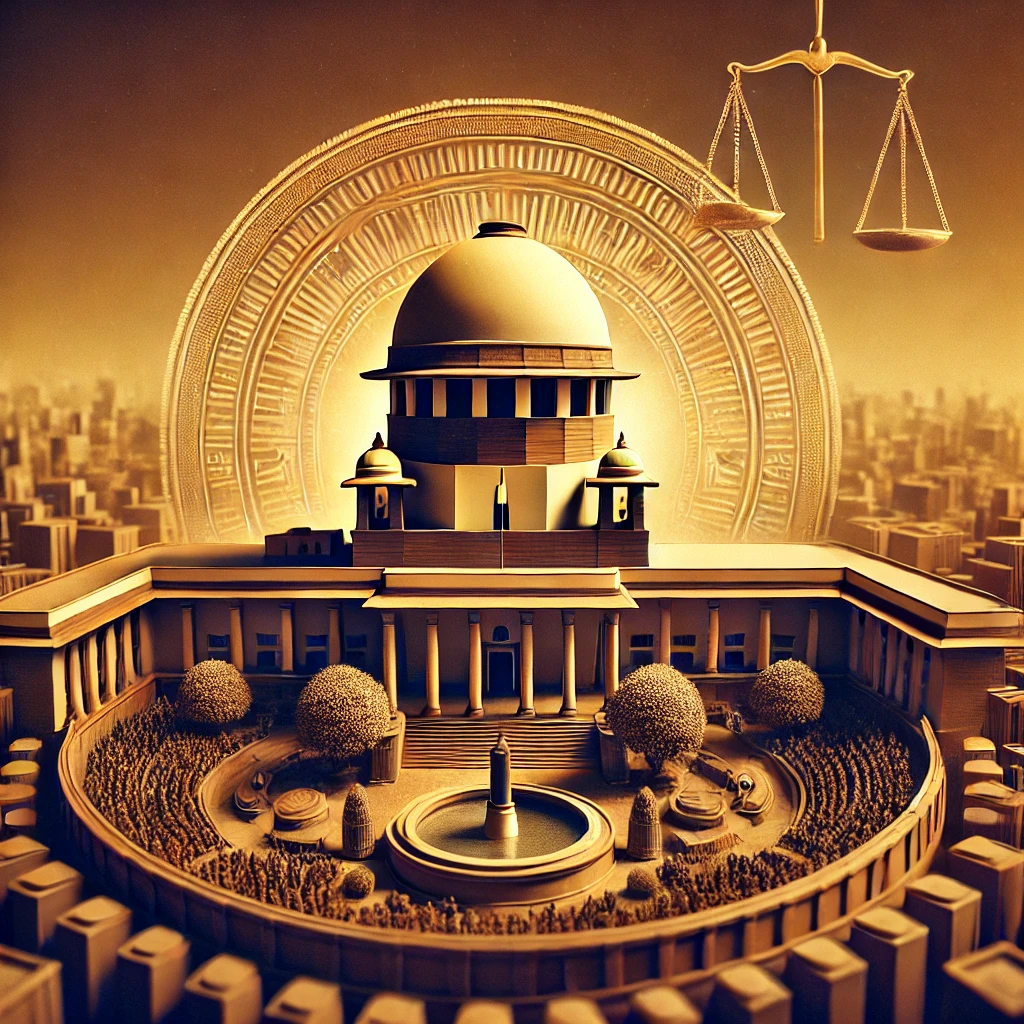
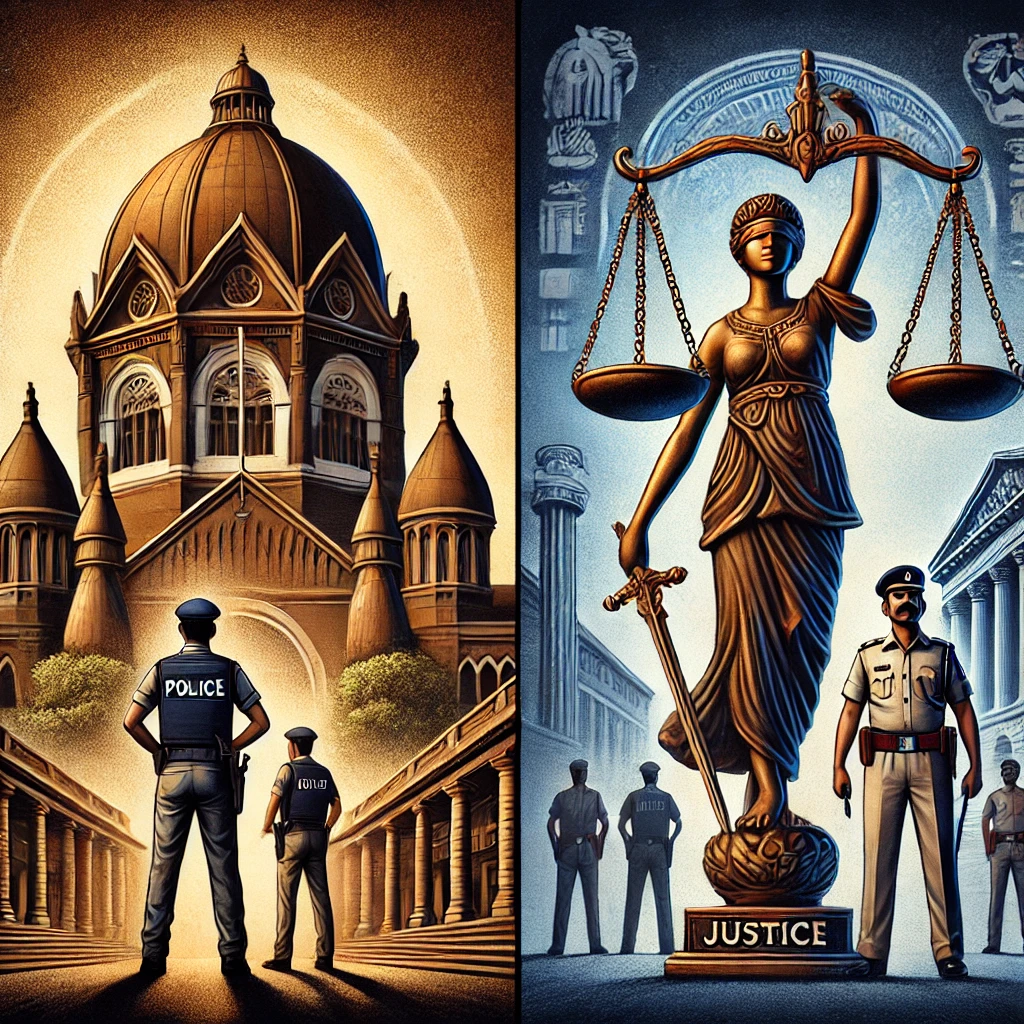









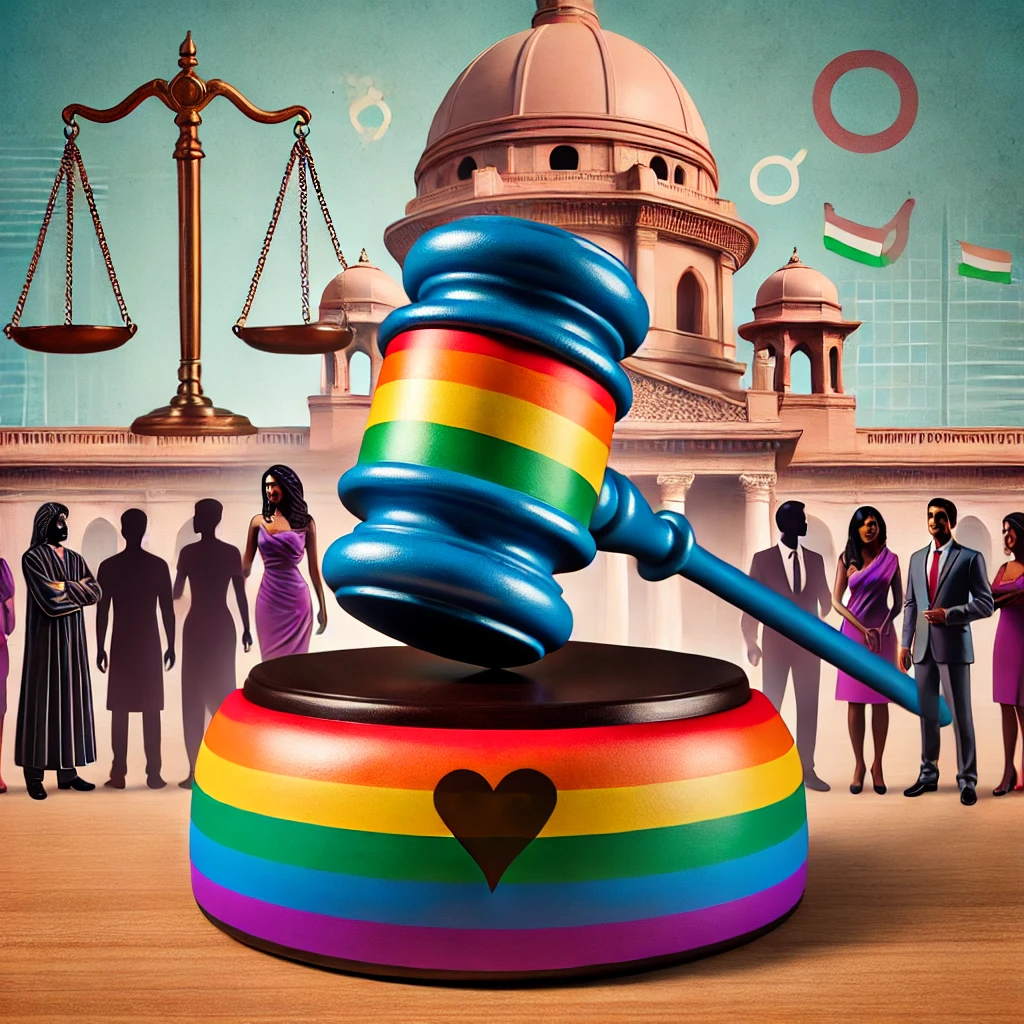


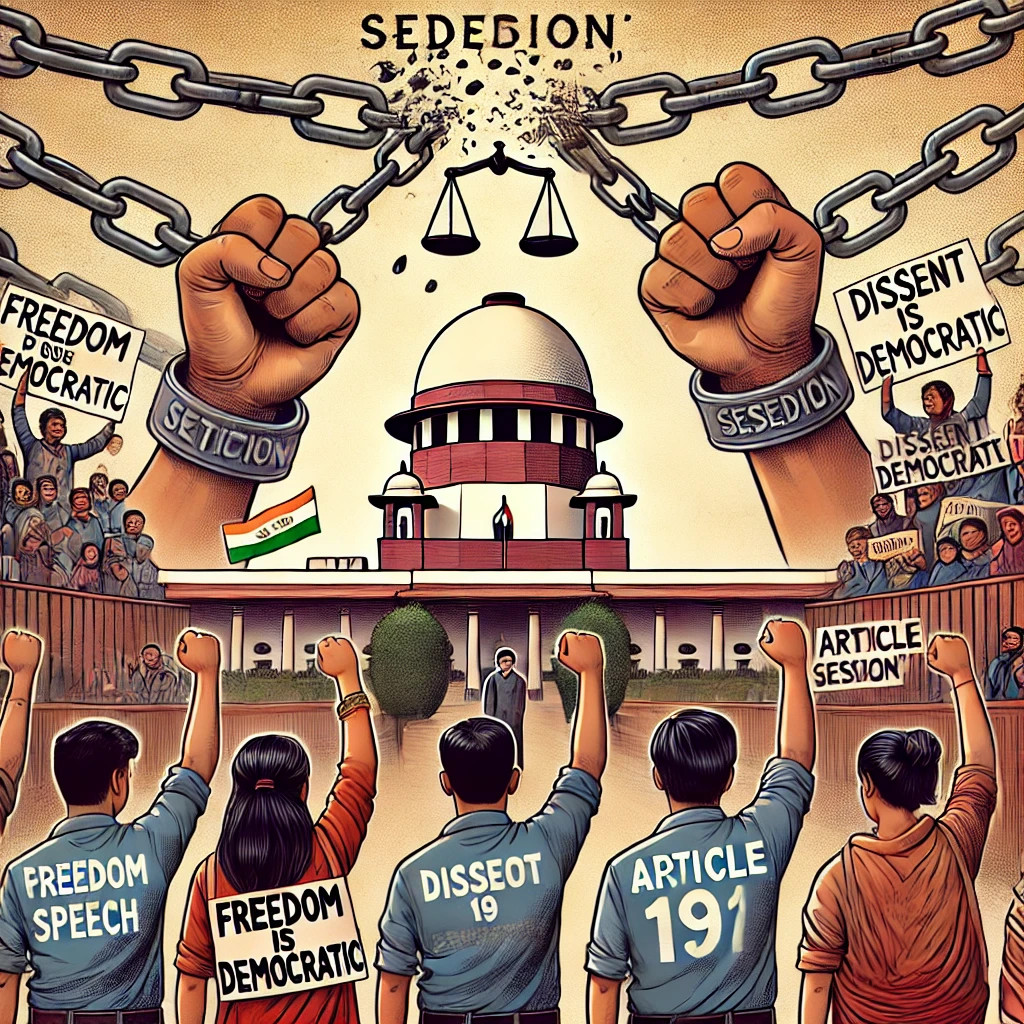


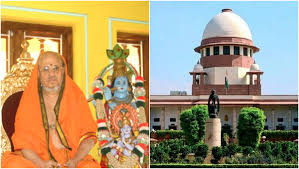
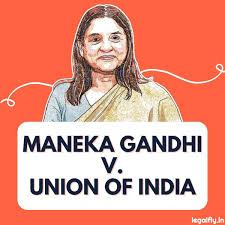



0 comments